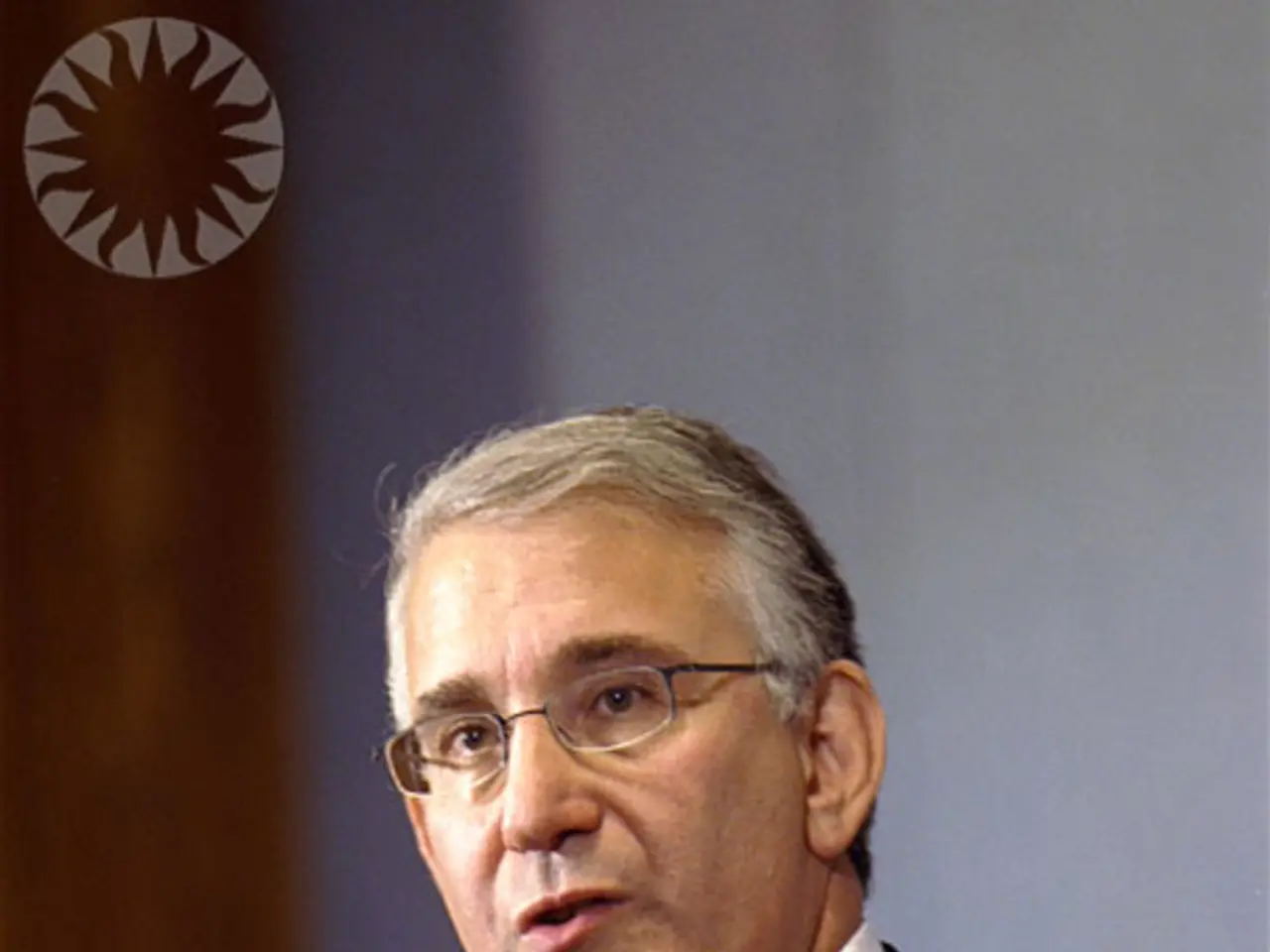Stapedectomy Surgery Exploration: Process, Potential Complications, and Additional Information
Article: Recovering from a Stapedectomy: A Guide for Patients
A stapedectomy is a surgical procedure designed to address hearing loss caused by otosclerosis, a common condition in young adults that causes the stapes bone to become fixed and vibrate less effectively. This article provides a comprehensive guide on the recovery process following a stapedectomy.
The Stapedectomy Procedure
The surgery itself typically takes about 1 to 2 hours. After the procedure, the ear canal is often packed with materials such as Gelfoam or Otowick, along with antibiotic ointment, to protect the surgical site.
Initial Recovery and Side Effects
Immediately post-surgery, patients may experience transient side effects such as mild facial weakness, which usually resolves without long-term effects. The initial discomfort or mild pain is normal and is usually managed with prescribed medications.
Crucial Steps for a Successful Recovery
- Follow post-operative care instructions carefully: Keep the ear dry and avoid inserting anything into the ear canal.
- Take prescribed antibiotics if recommended: Some surgeons prescribe prophylactic antibiotics to prevent infection, though this is somewhat controversial and varies by practice.
- Manage pain effectively: Use pain medications as directed and report any unexpected severe pain or symptoms to your doctor promptly.
- Avoid sudden head movements or pressure changes: This includes avoiding heavy lifting, straining, bending over, or flying until your doctor permits.
- Maintain follow-up appointments: Regular post-surgical check-ups help monitor healing progress and address complications early.
- Protect the ear from noise exposure: Loud noises can be uncomfortable and may impede recovery.
- Gradual return to normal activities: Resume daily activities slowly as advised by your healthcare provider to avoid complications.
- Be aware of signs of complications: Persistent dizziness, hearing loss, severe pain, or discharge should prompt immediate medical attention.
Recovery Timeline
Complete recovery generally spans a few weeks, but the precise timeline varies depending on individual healing rates and surgical specifics. Most people can return to work within 3-4 weeks after a stapedectomy.
Potential Complications
While the risk of serious complications from a stapedectomy is around 1%, some complications that may arise include allergic reaction, change of taste, dizziness, facial weakness, infection at the surgical site, tinnitus, and worse hearing or complete hearing loss. It's essential to be aware of these signs and seek immediate medical attention if they occur.
Post-Surgery Precautions
- People should not blow their nose for 2 weeks after surgery, or until a doctor advises otherwise.
- People should avoid getting water in the ear after surgery until a doctor advises otherwise.
- People should avoid air travel and contact sports until a doctor advises otherwise.
Understanding the Stapedectomy Procedure
A stapedectomy involves making a small cut in the front of the ear or around the outside of the ear canal, and using a prosthetic to transmit sound from the remaining bones into the inner ear.
In summary, successful recovery from a stapedectomy requires adherence to post-op instructions, careful monitoring for complications, pain and infection management, and gradual resumption of normal activities with regular medical follow-up. By following these guidelines, patients can maximise their chances of a smooth and effective recovery.
- Recoveries from ear surgeries like a stapedectomy often involve periods of workplace-wellness adjustments due to medical-conditions such as temporary hearing loss or mild pain.
- In addition to hearing, maintaining cardiovascular-health, mental-health, skin-care, eye-health, and overall health-and-wellness is crucial for a speedy recovery.
- Patients may find fitness-and-exercise, such as walks or gentle stretches, beneficial during the recovery process to boost both physical and mental well-being.
- Chronic-diseases, like chronic kidney disease, respiratory-conditions, or diabetes, may affect the recovery process, so open conversations about these with healthcare providers are essential.
- Various therapies-and-treatments, such as hearing aids or relaxation techniques, can aid in addressing hearing concerns and reducing stress during the recovery phase.
- As recovery progresses, patients should prioritize self-care routines, ensuring they rest, eat healthily, stay hydrated, and get enough sleep to support their healing.
- It is essential for patients to stay informed about their specific recovery timeline, as it can vary based on individual healing rates and surgical specifics.
- Regular check-ups with healthcare providers can help address potential complications related to cancers, allergic reactions, or infection at the surgical site.




